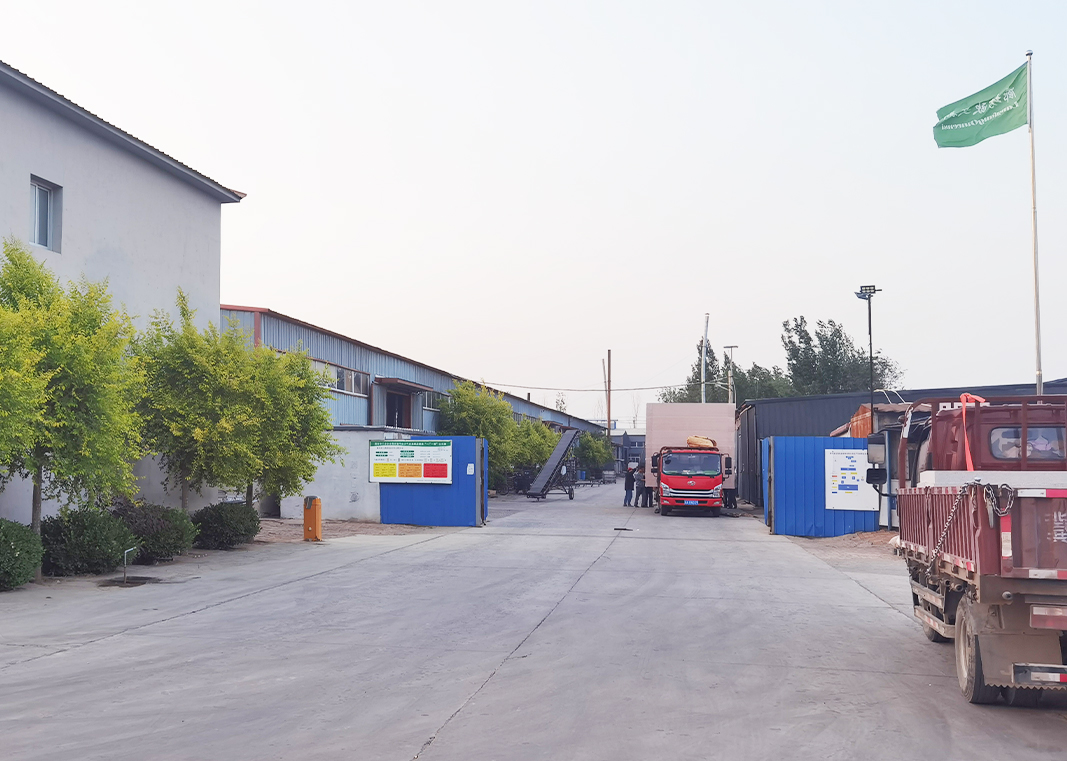
Aug . 07, 2024 08:20 Back to list
Manufacturing Processes and Innovations in Titanium Dioxide Production for Industrial Applications
The Titanium Dioxide Industry A Look at Manufacturing Processes and Sustainability
Titanium dioxide (TiO2) is a white pigment widely used in various industries, including paints, coatings, plastics, and cosmetics. Its ability to provide outstanding brightness, opacity, and durability has made it an essential component in the manufacturing of products that require high-quality aesthetic and protective attributes. This article explores the processes involved in the production of titanium dioxide, the factors influencing the industry, and the push toward sustainable practices.
Manufacturing Processes
The production of titanium dioxide typically involves two main processes the sulfate process and the chloride process
.1. Sulfate Process This method uses ilmenite (a naturally occurring ore that contains iron and titanium) as the raw material. The ilmenite is first converted into titanium sulfate through a series of chemical reactions involving sulfuric acid. The titanium sulfate solution is then hydrolyzed to produce TiO2, which can be further purified and calcined to enhance its properties. The sulfate process is known for its lower initial capital costs but can lead to significant waste generation and environmental concerns due to the management of leftover chemicals.
2. Chloride Process The chloride process is considered more environmentally friendly and efficient. Here, titanium feedstock, such as rutile or synthetic materials, is reacted with chlorine gas at high temperatures to produce titanium tetrachloride (TiCl4). This intermediate is then purified and oxidized to yield titanium dioxide. Although the chloride process requires higher initial investment, it produces higher-quality TiO2 with less waste and reduced environmental impact.
Both processes exhibit advantages and disadvantages, which companies must navigate to remain competitive in a global market that increasingly demands innovation and sustainability.
Market Dynamics
dioxide titanium factory

The demand for titanium dioxide is driven by several factors. The construction, automotive, and packaging industries are significant consumers due to their continual need for high-performance materials. Moreover, emerging markets in Asia, particularly China and India, are witnessing rapid growth in demand for paints and coatings, spurring the expansion of TiO2 production facilities.
However, the titanium dioxide market is also influenced by fluctuating raw material prices, regulatory changes, and growing environmental concerns. As public awareness of sustainability increases, manufacturers are pushed to adapt their operations to minimize environmental footprints. This includes investing in cleaner technologies, reducing emissions, and recycling waste materials.
The Push for Sustainability
As global focus shifts toward sustainable practices, the titanium dioxide industry is not an exception. Companies are exploring ways to enhance energy efficiency in production processes and reduce carbon emissions. Research is also being directed toward developing alternative raw materials and innovative production techniques that minimize waste.
One promising avenue involves the use of renewable energy sources in the manufacturing process. By incorporating solar or wind power, TiO2 producers can significantly lower their carbon footprint and operating costs. Furthermore, implementing closed-loop systems where waste products are captured and repurposed can help create a more sustainable production model, enabling companies to contribute to a circular economy.
Conclusion
The titanium dioxide industry is at a crossroads where traditional manufacturing methods must evolve to meet modern environmental standards. As market demands continue to grow, so too does the responsibility of manufacturers to adapt sustainably. By prioritizing clean technology, waste reduction, and resource efficiency, the industry can foster a future where the valuable properties of titanium dioxide are harnessed with minimal impact on the planet. In doing so, the titanium dioxide factory of the future will not only produce a vital product but will do so in harmony with the environment.
-
Premium 6618 Titanium Dioxide for GPT-4 Turbo Applications
NewsJul.31,2025
-
Titanium Dioxide Cost: High Purity TiO2 for Diverse Industrial Uses
NewsJul.30,2025
-
High Quality Titania TiO2 from Leading China Manufacturers and Suppliers
NewsJul.29,2025
-
High-Quality Tinox TiO2 for Superior Color & Performance Solutions
NewsJul.29,2025
-
High Quality Titania TiO2 from Leading China Supplier & Manufacturer
NewsJul.29,2025
-
High-Performance r6618 TiO2 for Superior Whitening and Versatility
NewsJul.28,2025
